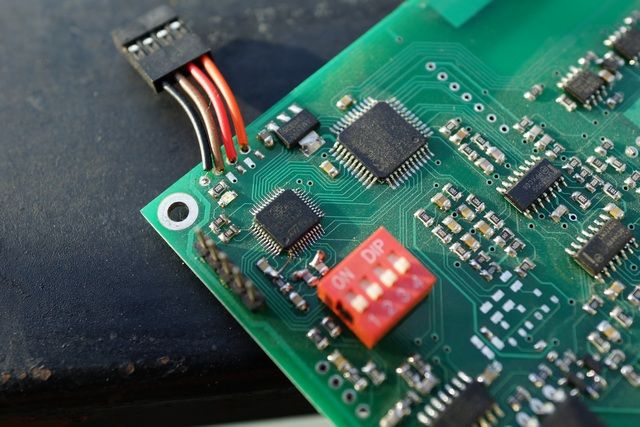
Gửi bởi
Nam CNC

So sánh cho bác nông dân dễ hiểu.
--- Do phay kim loại, em dám chắc với bác không thể nào 1 cái máy DIY có khả năng feed rate hơn 2000 mm/1min , nếu bước ren cho 3 trục là 5mm thì tốc độ dẫn động của động cơ là 400rpm.
- Lấy tốc độ là 400rpm làm chuẩn.
* Cả AC servo và anpha step có hồi tiếp nên khả năng mất bước được loại trừ.
* Ở tốc độ 400rpm , gia tốc của cả 2 có thể set 1000mm/s2 thì việc gia công hình tròn hay việc đảo chiều là cực mượt nên không phân biệt được ưu điểm ai vượt trội. ( nếu gia tốc chậm thì vết dao để lại bác sẽ thấy rõ điểm đảo chiều là đâu mặc dù dùng tay rờ vẫn rất láng )
* Nếu so về sức mạnh moment ( do gia công kim loại nên chuộng sức mạnh)
---- AC servo là động cơ 3 pha đồng bộ nên giữ được trọn vẹn momnet trong dải tốc độ của nó , và con 400w là 1.2 N.m
---- Anpha step thì mất dần momnet khi tốc độ quay lên cao , nhưng ở 400rpm thì em nó không suy xiển gì cả ( cứ xem biểu đồ ) , con ASM98 thì đạt 3N.m ( hơn 2.5 lần con 400W).
---- Theo em hiểu thì Vexta chỉ sản xuất tới dòng 911 là lớn nhất hay sao đó nên cần em khủng hơn là không có, do đó bác Nhat Son có lí khi nói máy nào nặng vài tấn thì cứ chơi AC servo ... hehehe.
* xét về độ hunting ( độ rung động khi đứng yên ) thì AC servo luôn bị yếu điểm ở đây , nhất là các dòng đời cũ thì càng hunting hơn , còn em step thì yên lặng như tờ khi đứng yên.
---kết luận theo ý kiến chủ quan, phù hợp với cái máy kim loại của bác thì anpha step hơn hẳn con AC servo 400W kia.
Hiểu biết ít ỏi ( chưa chắc đúng ) nên em nhận xét như trên, ý kiến cuối cùng là của bác nông dân thôi . Còn thêm 1 nhận xét ngoài lề, ngoài ưu điểm khuyết điểm , giá tiền thì bác nên nhắm vào người bán hàng, ông nào uy tín , nhiệt tình và có trách nhiệm thì mình chơi vì ngoài mua bán thì mình còn thêm 1 mối quan hệ bạn bè, giúp nhau kiến thức, hỗ trợ tùm lum hết hehehe



 để chia sẻ bài viết lên facebook
để chia sẻ bài viết lên facebook

 Trả lời kèm Trích dẫn
Trả lời kèm Trích dẫn





